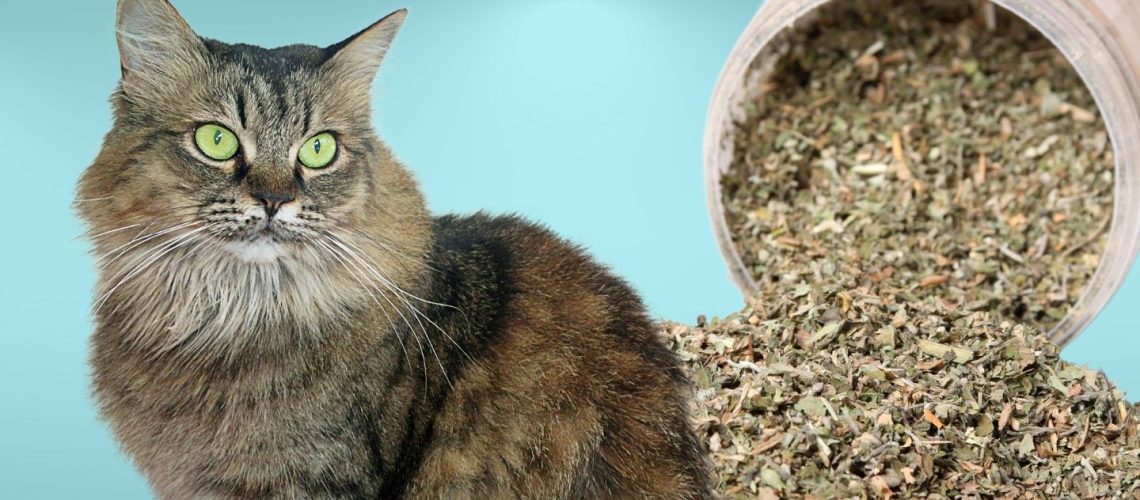Cats can eat catnip, but it should only be given to them in small amounts as a treat. In this article, we'll explore what catnip is, how it affects cats, factors affecting catnip sensitivity, its benefits, potential risks, and how to safely introduce catnip to your cat.
What is catnip?
Catnip (Nepeta cataria) is a herb that belongs to the mint family. It is native to Europe and Asia, but can also be found in North America. The plant has a strong, pungent odor and contains the chemical nepetalactone, which is known for its effects on cats.
How does catnip affect cats?
The chemical nepetalactone is responsible for the typical reactions to catnip, which may include:
- Playful and energetic behavior: Sniffing or ingesting catnip can make cats more active and playful.
- Relaxation: Some cats may become more relaxed or even fall asleep after being exposed to catnip.
- Aggression: In rare cases, cats may exhibit aggressive behavior when under the influence of catnip.
- Individual variances in reactions: Not all cats will react the same way to catnip, and some may not react at all.
Factors Affecting Catnip Sensitivity
There are several factors that can affect a cat's sensitivity to catnip, including:
- Genetics: The ability to respond to catnip is thought to be inherited, so some cats may be naturally insensitive to it.
- Age: Kittens and older cats are less likely to have a reaction to catnip.
- Breed differences: Some breeds may be more or less sensitive to catnip than others.
The Benefits of Catnip for Cats
Catnip can provide several benefits to cats, such as:
- Stimulation and enrichment: Catnip can help keep your cat entertained and mentally stimulated.
- Stress relief: Some cats may find the effects of catnip soothing and relaxing, which can help reduce stress.
- Encouraging exercise and play: Catnip can inspire your cat to engage in physical activity and play.
Potential Risks and Side Effects of Catnip
As with anything, there are potential risks and side effects associated with giving catnip to your cat, including:
- Overconsumption: Giving a cat too much catnip can cause them to vomit or have diarrhea.
- Allergic reactions: Although rare, some cats may be allergic to catnip and exhibit itching, sneezing, or hives.
- Interactions with medications or health conditions: Catnip may interact with medications your cat is taking, or exacerbate existing health conditions. Consult your veterinarian before introducing catnip to your cat.
How to Safely Introduce Catnip to Your Cat
When giving catnip to your cat for the first time, it's essential to:
- Choose high-quality catnip products: Look for natural, pesticide-free catnip to ensure the safety of your pet.
- Monitor your cat's reaction: Keep an eye on your cat when they're exposed to catnip to gauge their individual response and ensure they don't have any adverse reactions.
- Determine the appropriate amount and frequency: Start with a small amount of catnip to avoid overstimulation and gradually adjust as needed.
- Consider alternatives to catnip: If your cat doesn't respond well to catnip, other herbal alternatives like valerian root or silver vine can be explored.
Conclusion
In conclusion, cats can eat catnip, but it should be given to them in moderation. Catnip can provide entertainment, stimulation, and stress relief for your cat. However, it is crucial to monitor their reaction and make sure they do not consume too much. Always consult your veterinarian before introducing new substances to your cat, and consider alternatives if catnip isn't well-received.






